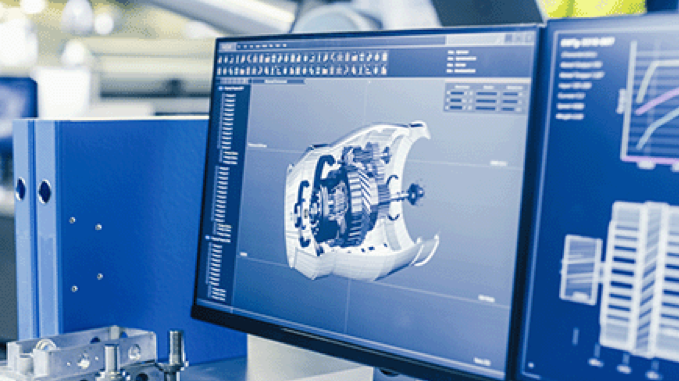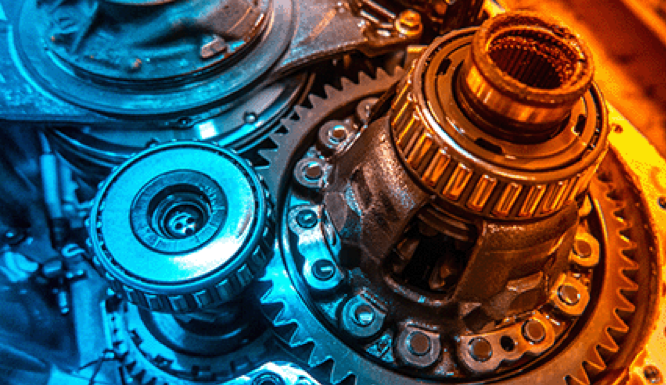
How CAD and FE Analysis Are Transforming the Automotive Industry
The automotive industry is one of the most competitive and global industries in the world. To maintain a competitive advantage, automotive companies must continuously innovate and invest in new technologies. In recent years, there has been a major shift towards the use of computer-aided design (CAD) and finite element analysis (FEA) in the automotive industry.
CAD is a software tool that allows engineers to create and modify 2D and 3D models of car parts and assemblies. FEA is a numerical analysis technique that is used to predict the behavior of structures and components under various load conditions.
The use of CAD and FEA has transformed the way in which automotive companies design and develop new products. In this article, we will discuss the role of CAD and FEA in the automotive industry, the benefits of using these technologies, and how they are impacting the future of the automotive industry.
The Role of Computer-Aided Design (CAD)
CAD is a computer-based design and analysis tool that allows engineers to design and simulate 3D models of different objects. It offers engineers a wide range of design options, including parametric modelling, 3D printing, and virtual prototyping. CAD also provides the capability to create detailed drawings and technical specifications of the parts and assemblies. Furthermore, the data generated by CAD can be used to effectively communicate design ideas and concepts to other engineers and manufacturers.
The Benefits of CAD
CAD is one of the most powerful tools that automotive engineers have at their disposal. It not only saves time and money by reducing design errors, but it also provides a cost-effective way of designing and testing new parts and components. The use of CAD also helps to simplify complex engineering processes by introducing visual aids, such as detailed illustrations and exploded views. Additionally, CAD enables engineers to rapidly generate and analyze various design scenarios to determine the most effective solution for a particular application.
However, after leaving active duty and seeing how the newer engineers were able to smoothly integrate this new technology into their jobs, I became even more curious. Realizing the benefits that CAD, CAE, and PLM provided for their projects led to an appreciation of the unrealized potential these tools held.
The Use of Finite Element Analysis (FEA)
TFEA is a numerical analysis technique that is used to predict the behaviour of a structure or component under a variety of load conditions. In the automotive industry, FEA is used to help engineers understand how a part or assembly will behave under real-world conditions, such as vibration and fatigue loading. FEA simulations provide engineers with detailed insights into the design and performance of a component and allow them to quickly make modifications to optimize the design.
How CAD and FEA Are Transforming the Automotive Industry
The use of CAD and FEA has revolutionized the way in which automotive engineers design and develop new products. By using these technologies, automotive companies are able to quickly design, simulate, and test new parts and assemblies without having to physically build them. This allows companies to save vast amounts of time and money by reducing the need for physical prototypes. Additionally, CAD and FEA enable engineers to effectively communicate their ideas and concepts with other teams in the organization, which helps to ensure that the final product meets all the requirements and expectations of the customer.
The Impact of CAD and FEA on the Automotive Industry
CAD and FEA have drastically changed the way in which automotive companies design and develop new products. By using these technologies, automotive engineers are able to create more complex and intricate designs with greater accuracy. Additionally, CAD and FEA allow for faster prototyping and testing of components and assemblies, which results in shorter design cycles and an increased rate of innovation. Furthermore, the use of CAD and FEA has also enabled automotive companies to reduce their costs by minimizing the need for physically building and testing new components.
The Future of CAD and FEA
The automotive industry is constantly evolving, and the use of CAD and FEA will continue to be a major factor in its growth and development. In the future, the use of CAD and FEA is expected to become even more widespread and will gain more importance as the industry continues to become more competitive.
Additionally, advances in simulation technology will enable automotive companies to create even more detailed and efficient designs. Conclusion: CAD and FEA are powerful tools that are transforming the automotive industry. By using these technologies, automotive companies are able to design and test new components and assemblies faster and more efficiently than ever before. Additionally, the use of CAD and FEA has enabled automotive companies to reduce their costs and streamline the design process. It is clear that the use of CAD and FEA has had a significant impact on the automotive industry and it is only expected to become more prevalent in the years to come.


